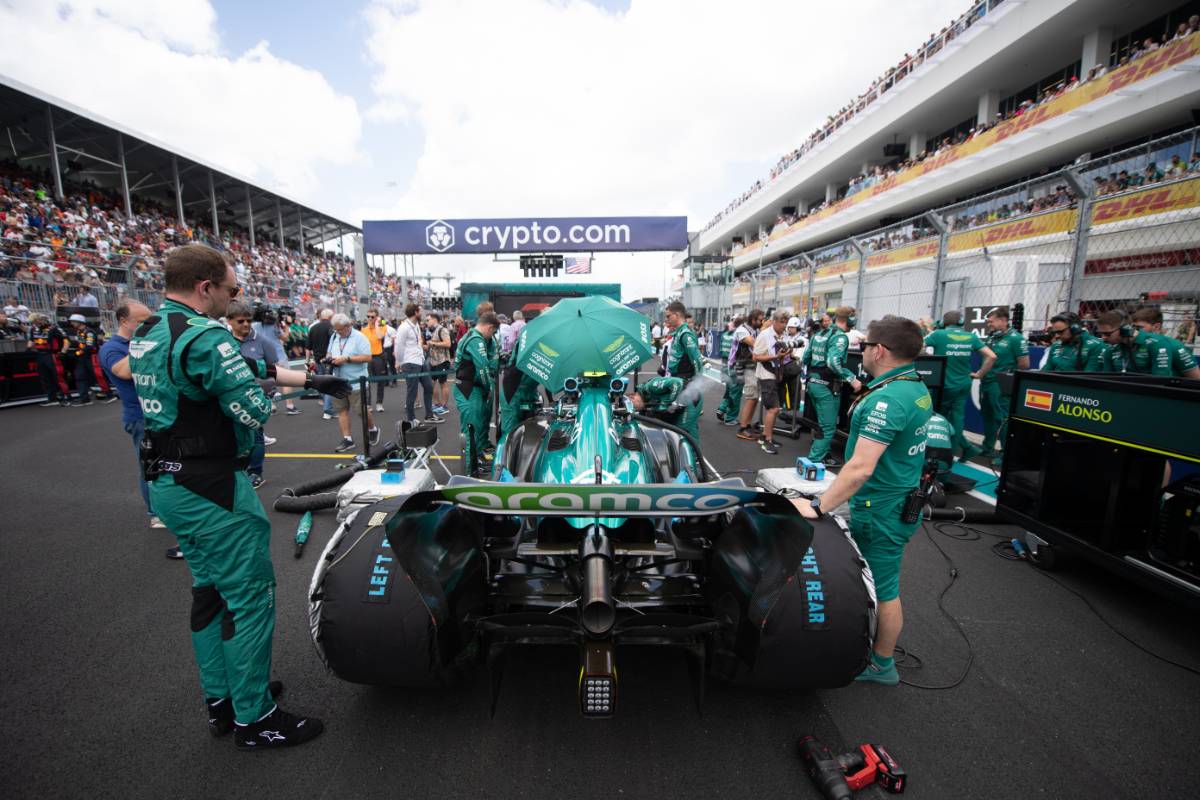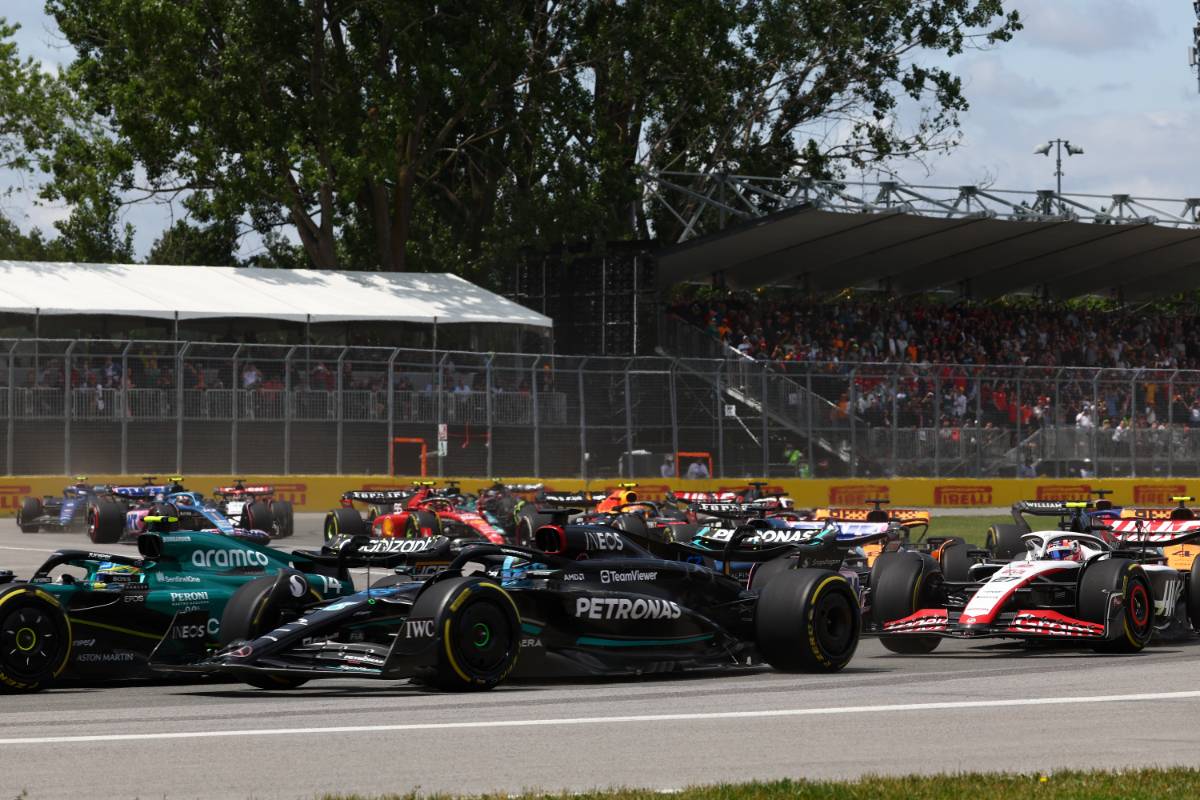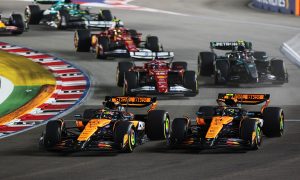
Fernando Alonso believes that reducing the size of F1's current generation of machines would prove more beneficial to racing than lowering their weight.
F1 and the FIA have agreed on a concerted effort to slim down F1's next-generation cars that will be introduced in 2026 and lower the minimum weight which currently sits at 798 kg in the sport's technical regulations.
The increase of the latter in the wake of the introduction in 2021 of F1's ground-effect cars was just another step in a trend that has been ongoing in Formula 1 since the end of the sport's refueling era in 2009.
The escalation has not only impacted the cars' maneuverability at low speeds but has also led to safety concerns due to the higher mass.

"The weight is extraordinary," said Alonso. "At the moment, the low-speed performance is not great.
"We keep making these cars safer and safer, but obviously the heavier you make them when you have an impact it’s like crashing with a bus compared to a Smart Car."
Read also:
Furthermore, parallel to F1's weight gains, the sheer size of Grand Prix racing's designs has also expanded over the years, with current machines now 5.63m in length and 2m wide.
And Alonso believes that size matters when it comes to racing in close quarters, perhaps more than weight.
"I don’t think it [reducing the weight] would change much the show," he said. "I think it’s more the size of the cars than the weight of the cars, which makes things a little bit more difficult.
"Overtaking, fights into the first couple of corners in the race, it is difficult now to position the car, just because the size of it, not because the weight of the car."

Alonso also notes that reducing the minimum weight of F1's cars in 2026 will be a difficult task given that the sport's next-generation power units will feature bigger and therfore heavier batteries.
"So I think it’s going to be difficult to really reduce, significantly, the weight of course, as the hybrid engines, they will always be heavier than the normal engines and the safety on these cars is a lot higher as well," he added.
"So I know there is some interest in going into that direction. Let’s see what they can do.
"It will be always welcome and it’s always more fun to drive light cars, but at the end of the day, I think it’s more the size of them that makes racing a little bit more difficult."
Keep up to date with all the F1 news via Facebook and Twitter







